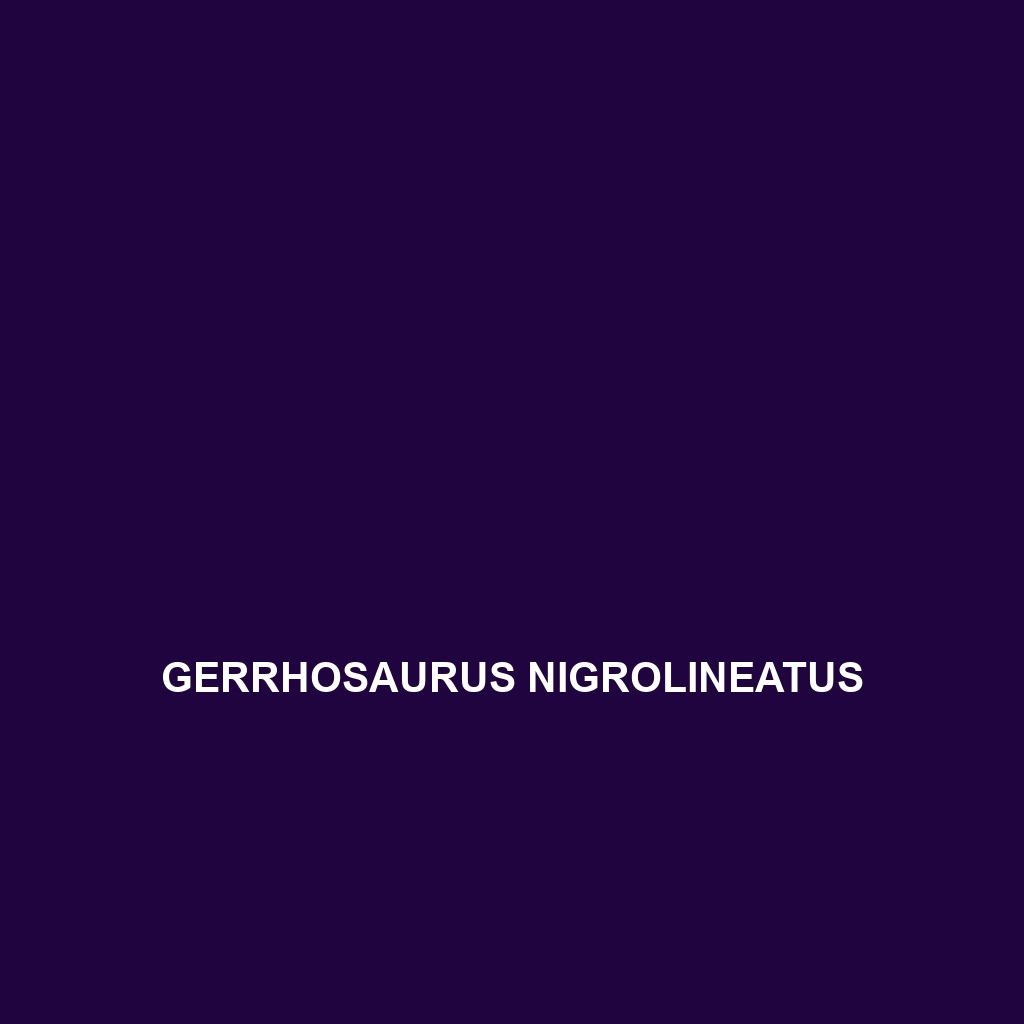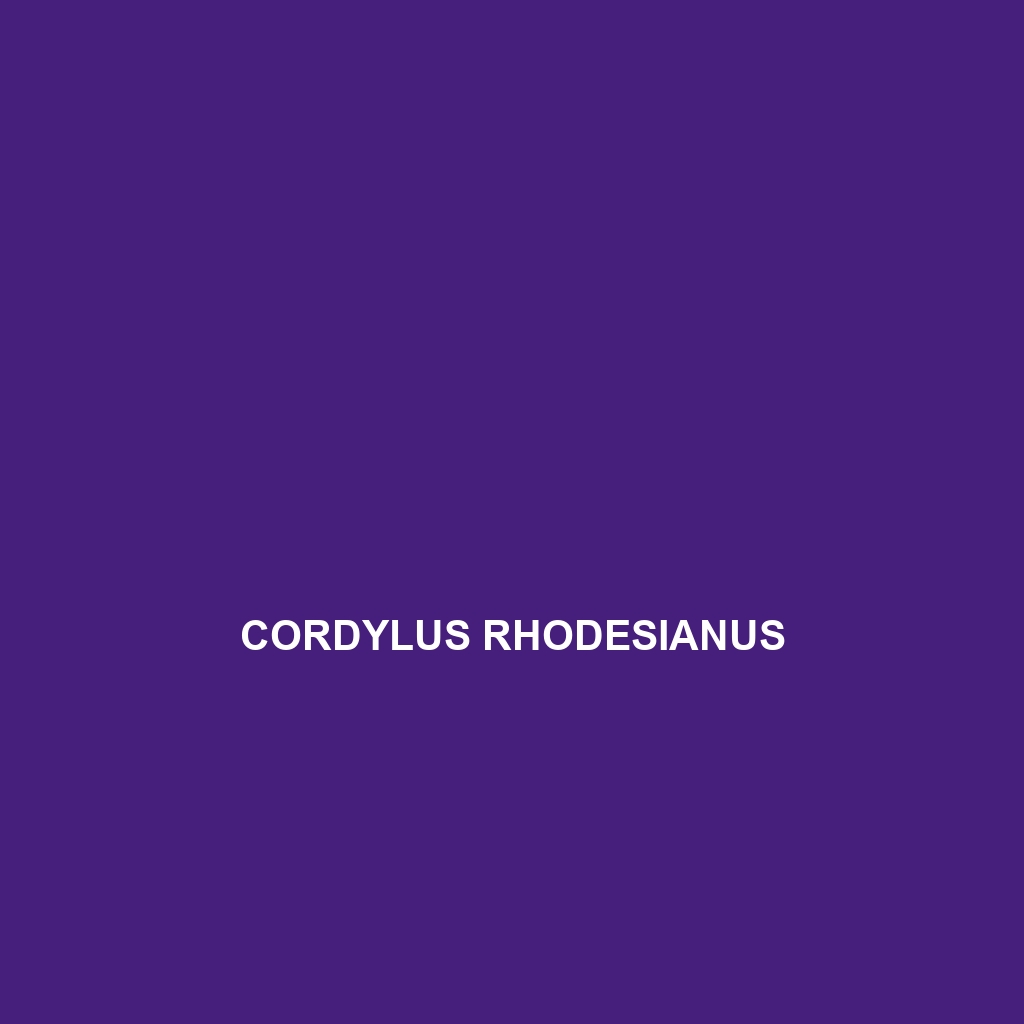<b>Pedioplanis inornata</b>, commonly known as the Common Sand Lizard, is a medium-sized insectivore native to Southern Africa's warm, arid climates, featuring a slender body up to 15 cm long with sandy coloration for effective camouflage. It plays a vital role in its ecosystem by controlling insect populations and serving as prey for larger predators.
Tag: biodiversity in southern Africa
Panaspis wahlbergii
Experience the fascinating Wahlberg's Skink (Panaspis wahlbergii), a slender, diurnal reptile thriving in southern Africa's savannas and woodlands. With its distinctive coloration, smooth scales, and insectivorous diet, it plays a vital role in maintaining ecological balance while exhibiting unique behaviors like burrowing and tail regeneration.
Pachydactylus macrolepis
The Pachydactylus macrolepis, or thick-toed gecko, is a robust, nocturnal insectivore native to arid regions of southern Africa, characterized by its broad feet, distinctive coloration, and ability to regenerate its tail. This gecko thrives in rocky outcrops and sandy dunes, playing a critical role in controlling insect populations and serving as prey for larger predators in its ecosystem.
Pachydactylus formosus
<p>The <b>Pachydactylus formosus</b>, or ornate thick-toed gecko, is a medium-sized, nocturnal reptile found in the dry savannas and arid scrublands of southern Africa. Known for its distinctive stocky build and large bulging eyes, this insectivorous species plays a vital role in its ecosystem by controlling pest populations and contributing to seed dispersal.</p>
Pachydactylus barnardi
Discover the captivating Pachydactylus barnardi, a robust nocturnal gecko native to southern Africa, known for its distinctive earthy coloration, nocturnal hunting behaviors, and essential role in controlling insect populations. This resilient species thrives in warm, arid habitats, displaying unique adaptations such as tail regeneration and effective camouflage amidst rocky outcrops and sandy soils.
Meroles squamulosus
<p>The <b>Meroles squamulosus</b>, commonly known as the <b>Scaly Ground Lizard</b>, is a diurnal species native to the semi-arid regions of southern Africa, featuring an elongated body that reaches lengths of 15 to 20 centimeters and a variable coloration of earthy tones. This insectivorous lizard plays a crucial role in its ecosystem by controlling insect populations and serving as prey for larger animals.</p>
Gerrhosaurus nigrolineatus
The <b>Gerrhosaurus nigrolineatus</b>, or black-lined plated lizard, is a resilient omnivore native to the savannas and scrublands of Southern Africa, recognized for its robust body, striking brown and black striped coloration, and adaptability through unique behaviors including autotomy. This diurnal species plays a vital role in its ecosystem by controlling pest populations and promoting plant growth through its foraging habits.
Gerrhosaurus auritus
Discover the Gerrhosaurus auritus, commonly known as the common serrated tortoise or earless skink, a resilient omnivore native to southern Africa's diverse habitats. This species features an elongated body with smooth, glossy scales, reaching up to 40 cm in length, and plays a vital ecological role by helping regulate insect populations and promoting plant growth through foraging.
Gehyra capensis
Common Name Gehyra capensis Scientific Name Gehyra capensis Habitat The Gehyra capensis, commonly known as the Cape gecko, is primarily found in southern Africa, particularly in countries such as South Africa, Namibia, and Botswana. This species thrives in a range of habitats, including savannas, temperate forests, and areas with subtropical climates. The Cape gecko often […]
Cordylus oelofseni
<p>Discover the Oelofsen's girdled lizard, <i>Cordylus oelofseni</i>, a striking 18-25 cm reptile known for its distinctive spiny armor and ability to blend into rocky habitats of southern Africa. This insectivorous species is diurnal and exhibits fascinating behaviors, including territorial displays and regenerative tail capabilities, making it a vital part of its ecosystem.</p>









